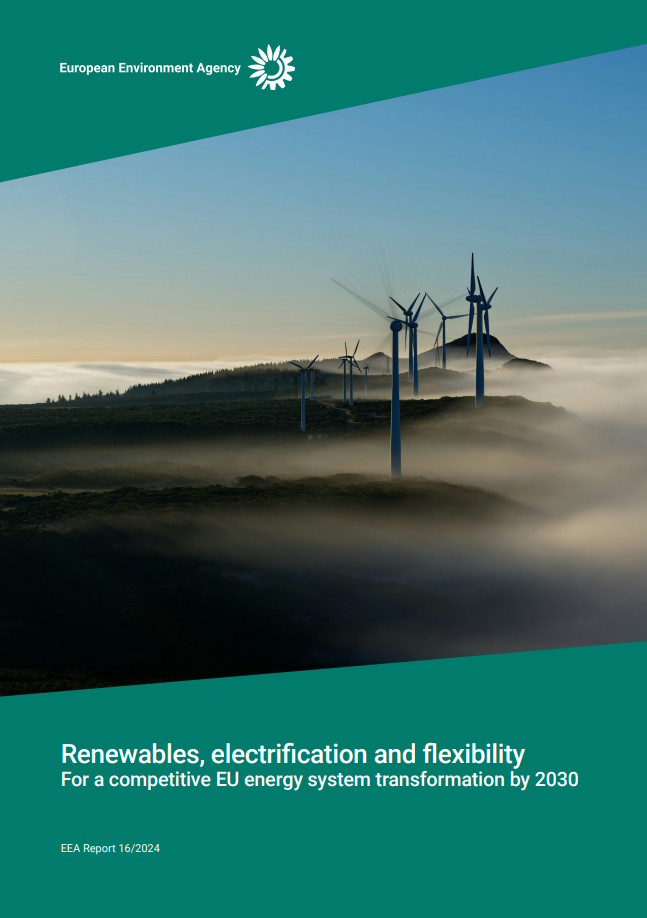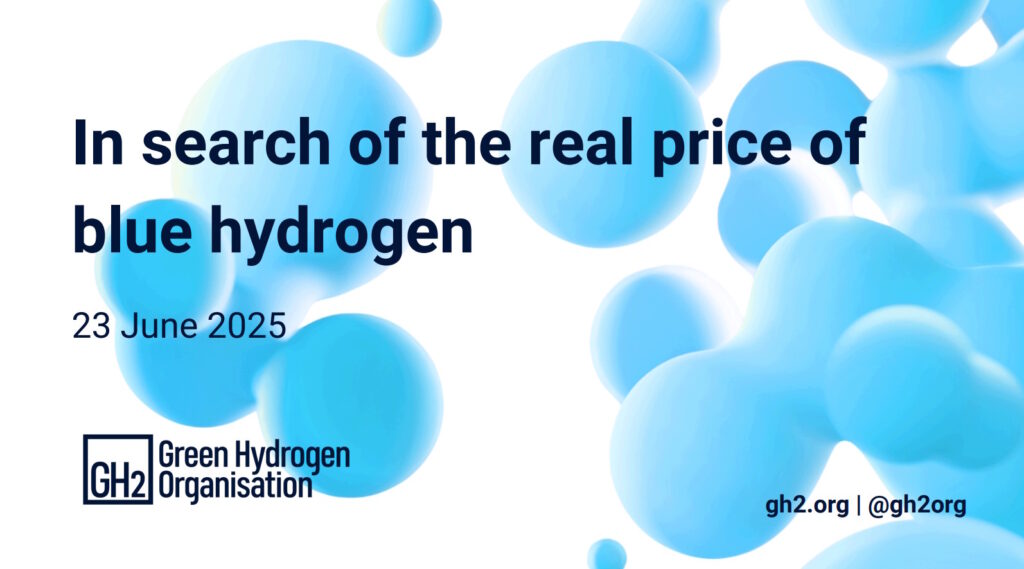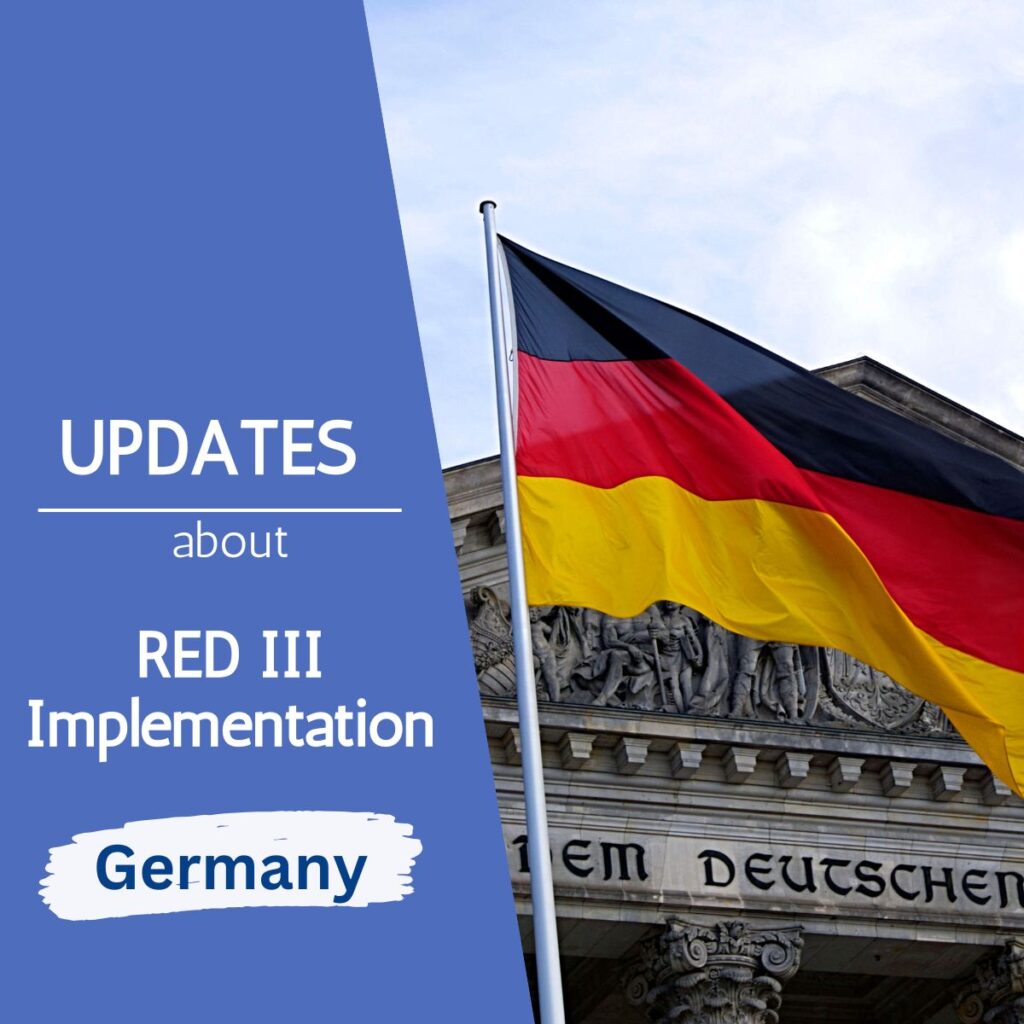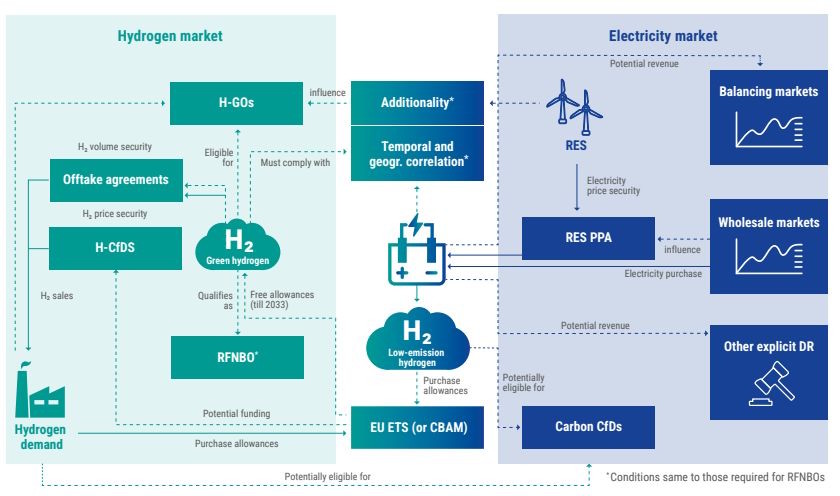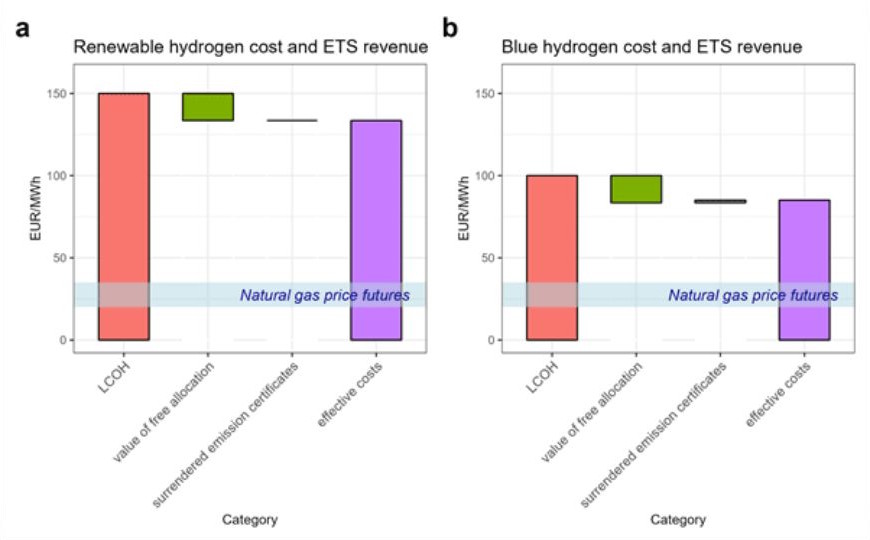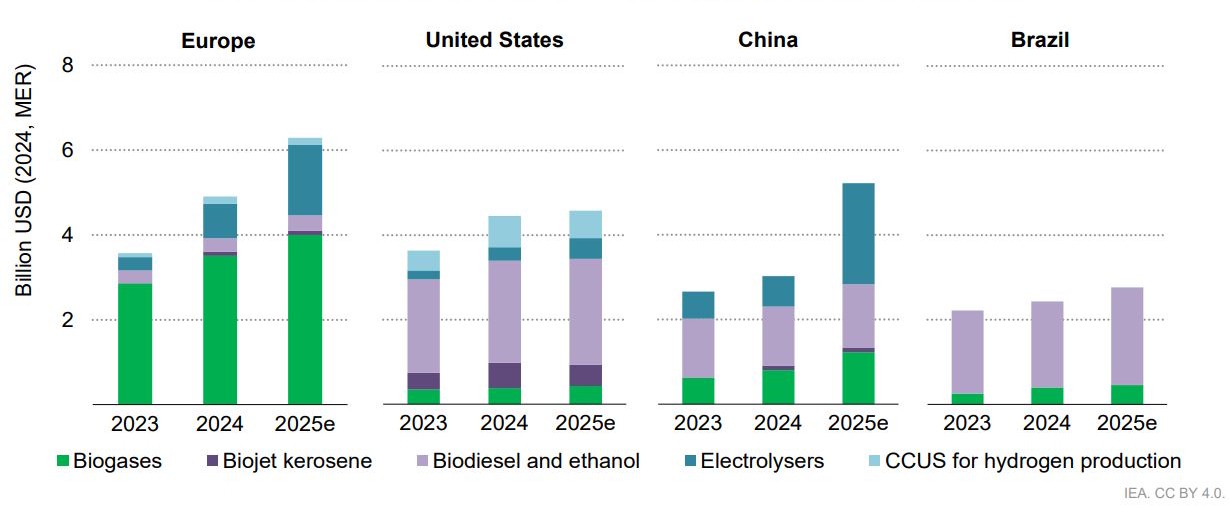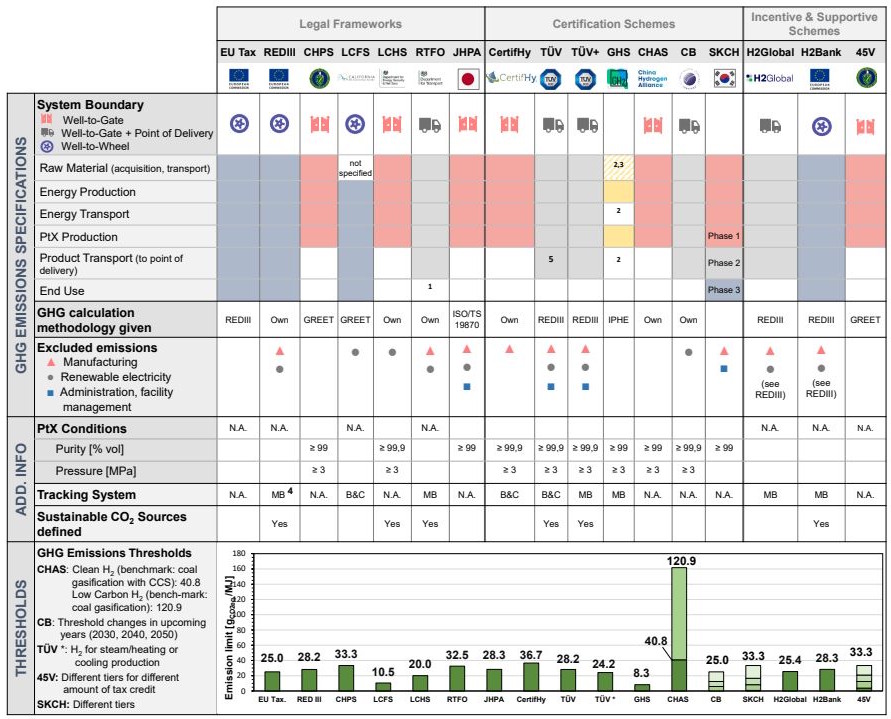Amendments to the EU Climate Law
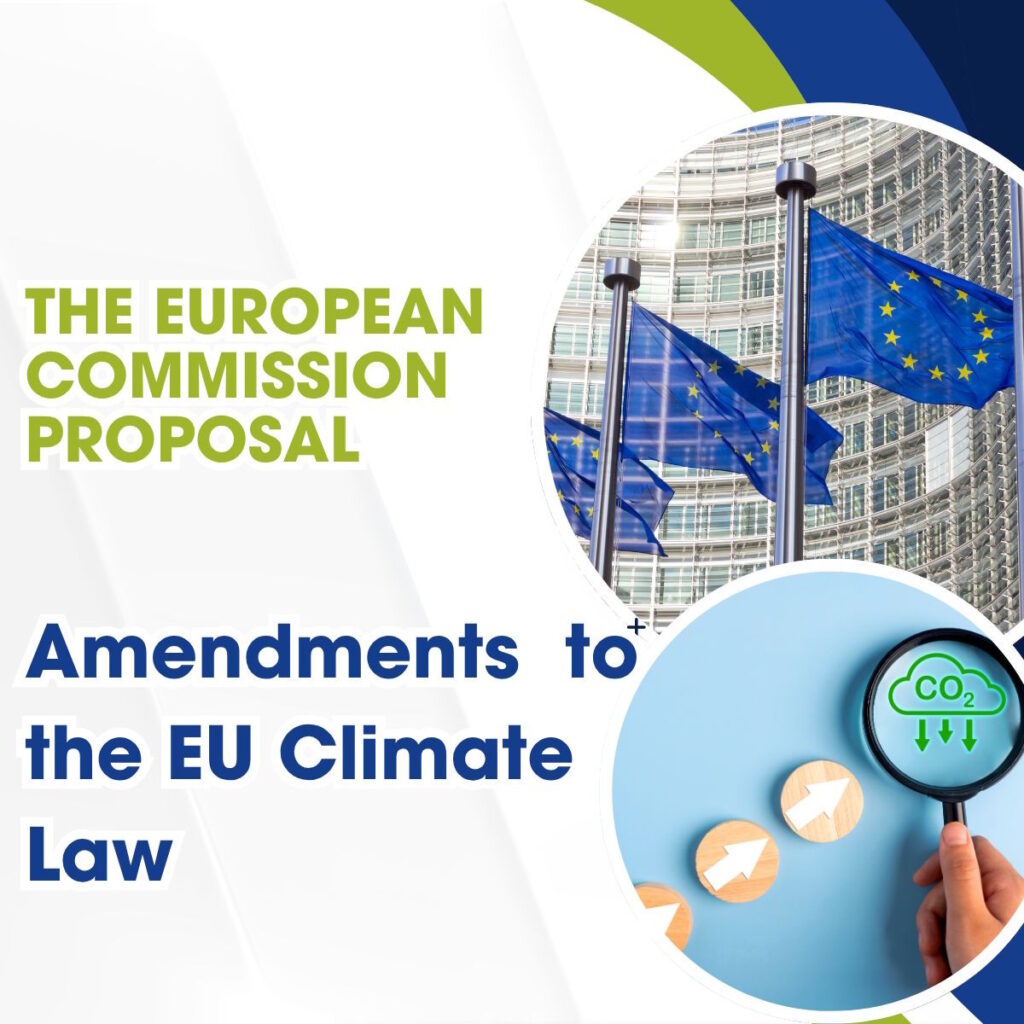
On 2 July 2025, the European Commission proposed an amendment to the EU Climate Law, introducing a 2040 climate target:
✅ 90% reduction in net GHG emissions by 2040, compared to 1990 levels.
📄 Proposal for a 2040 EU climate target is available via this link.
☑️ Main Proposals:
To support the achievement of the 2040 EU climate target, the European Commission will ensure that future legislative proposals appropriately reflect a broad set of guiding principles and priorities, including:
📌 Starting from 2036, high-quality international credits (up to 3% of 1990 emissions) under Article 6 of the Paris Agreement, supporting both EU and global efforts to stay below a 1.5°C temperature rise.
📌 The role of domestic permanent removals within the EU ETS to address residual emissions in hard-to-abate sectors.
📌 Enhanced flexibility across sectors for cost-effective progress.
📌 Use of the best available science, including IPCC and Advisory Board reports.
📌 Consideration of social, economic, and environmental impacts, the costs of inaction, and the benefits of action over the medium and long term.
📌 Ensuring a just and socially fair transition for all.
📌 Promoting technology neutrality, simplification, economic efficiency, and security.
📌 Positioning climate action as a driver for investment and innovation.
📌 Strengthening the global competitiveness of EU industries, especially SMEs and sectors most exposed to carbon leakage.
📌 Supporting affordable and secure energy, efficiency, and the energy efficiency first principle.
📌 Maintaining and enhancing natural carbon sinks and protecting biodiversity.
📌 Addressing investment needs and financing opportunities.
📌 Aligning with international efforts under the Paris Agreement and the UNFCCC.
✅ Next Steps:
The proposal will be submitted to the European Parliament and the Council for discussion and adoption under the ordinary legislative procedure.
➡️ Source: EU’s Climate Law presents a new way to get to 2040

